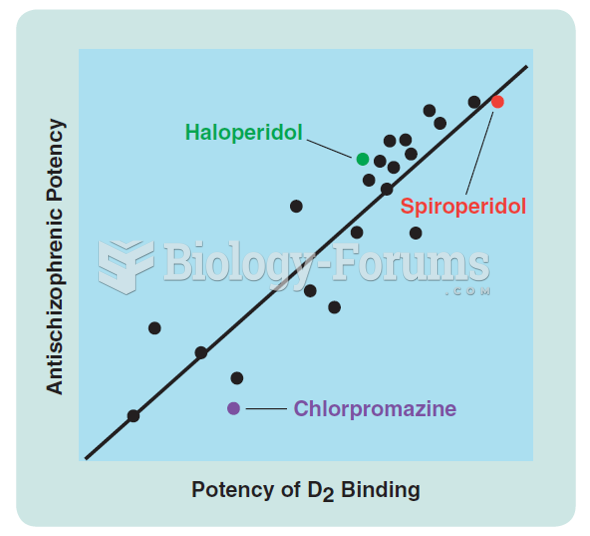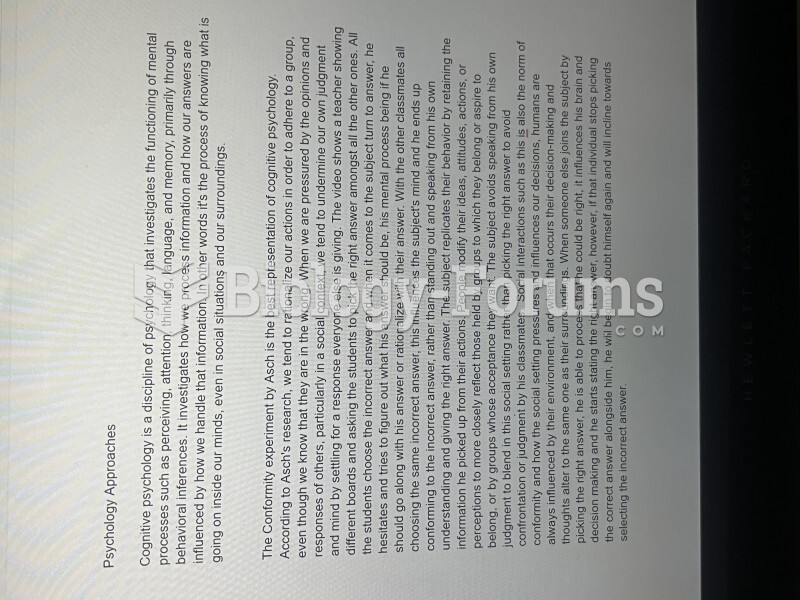Answer to Question 1
Pioneer Michael Fordyce (1977, 1981, 1983), one of the first researchers to develop a program designed to increase personal happiness, attempted to answer this question. Based on his research, Fordyce (1983, p. 517) recommends practicing what he calls the 14 fundamentals of personal happiness: (a) spend more time socializing, (b) strengthen your closest relationships, (c) develop an outgoing, social personality, (d) be a better friend, (e) work on a healthy personality, (f) lower expectations and aspirations, (g) develop positive, optimistic thinking, (h) value happiness, (i) become more active, (j) become involved in meaningful work, (k) get better organized and plan things out, (l) develop your present orientation,' (m) reduce negative feelings, and (n) stop worrying.. In a series of studies, Fordyce (1977, 1983) found that compared to placebo controls, students who participated in his program showed greater elevations in happiness.
Answer to Question 2
As you know, subtracting negative affect at best brings us to a neutral state. We have to add positive affect and build on those good feelings if we want to achieve happiness and well-being. As Seligman (2011, p. 57) states, if we want to flourish and if we want to have well-being, we must indeed minimize our misery; but in addition, we must have positive emotion, meaning, accomplishment, and positive relationships. He further notes that before the advent of positive psychology, as a psychotherapist he had success helping his patients get rid of many of their feelings of sadness, anxiety, and anger, but he did not necessarily get a happy patient. As he laments, I got an empty patient. That is because the skills of enjoying positive emotions, being engaged with people you care about, having meaning in life, achieving your work goals, and maintaining good relationships are entirely different from the skills of not being depressed, not being anxious, and not being angry (Seligman, 2011, p. 168).







